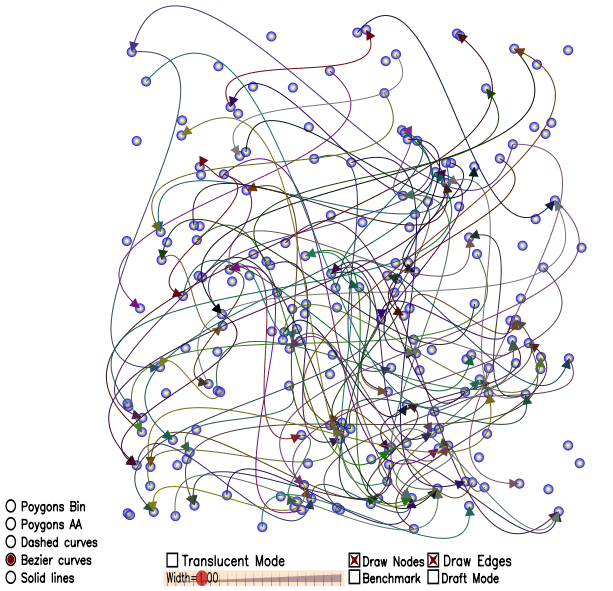This is a little add in for Excel that takes formulas and reformats them in a more readable style.
Some things never change...
I've been shopping for a laptop recently. My target specs are these:
- Any modern laptop processor is probably adequate.
- 1GB RAM.
- 30-60GB Disk.
- A DVD writer would be nice, but not necessary.
- 14-15 inch display, the highest dot pitch I can find.
- Reasonable 2D graphics performance, 3D is not that important to me.
- Touchpad pointing device.
- 3 year warranty, accident insurance is a nice plus
- Long battery life, >3 hours.
- Reasonable expectation of 2-3 years of reliable life.
- Can run a couple small Windows applications I need to do my job.
- Can run MS Office.
That's a long list, but nothing on it is very demanding. Let's see how close a couple vendors get:
| Dell D610 | Thinkpad T4x | Apple 15" PowerBook | Apple 14" iBook | |
| CPU | Pentium M, 1.6 | Pentium M, 1.8 | G4, 1.5 | 64, 1.33 |
| Ram | 1GB, 2 DIMMS | 1GB, 1 DIMM | 1GB, 2 DIMMS | 768MB, 2 DIMMS |
| Hard Disk | 60GB | 60GB | 80GB | 60GB |
| Optical Disk | DVD+/-RW | DVD+/-RW | DVD+/-RW | DVD+/-RW |
| Screen | 14.1", 1.5MP | 14.1", 1.5MP | 15", 1MP | 14", 0.75MP |
| Warranty | 3 year | 3 year | 3 year | 3 year |
| Insurance | 3 year | none | none | none |
| Price | $1,893 | $2,306 | $2,648 | $1,948 |
So, as ever, Apple is the most expensive choice, even when compared to nicer PC's like the ThinkPad.
Maybe the thing that suprises me the most about this is that Apple isn't even close to the bleeding edge of display technology. Given the energy they've put into OS X's desktop rendering pipeline, I'd expect them to have displays that could compete with Sony's XBrite or maybe the 2MP 15" widescreen that Dell makes available on the D810. OS X could drive those displays better than pre-Avalon Windows. Maybe this is a artifact of the suppliers Apple is using?
Dell Service Manuals
This is cool... I knew IBM (er, Lenovo) did this, but Dell does it too. They have an online site with all of the service manuals and documentation for every machine they've ever sold. This includes detailed instructions on disassembling and rebuilding laptops.
Even more cool is that the archive goes back to the beginning, back when Dell was called PC's Limited.
Note: The IBM link above is actually still on the IBM site... I expect the link to break whenever Lenovo takes the contents.
Anti Grain Geometry
I just found about it, but I already think it might end up in vCalc. Anti Grain Geometry is a open source 2D rendering library with a very liberal license. The feature set looks pretty comprehesive: it supports antising, affine transforms, sub-pixel resolution, and alpha blending. Even better, it's designed as a lightweight set of C++ classes, so it shouldn't bloat or slow down vCalc too much. About the only hole is that it doesn't have any kind of built in text rendering; However, even there there are are detailed instructions for using the Windows True Type renderer to generate glpyhs.
All I need now is time...
